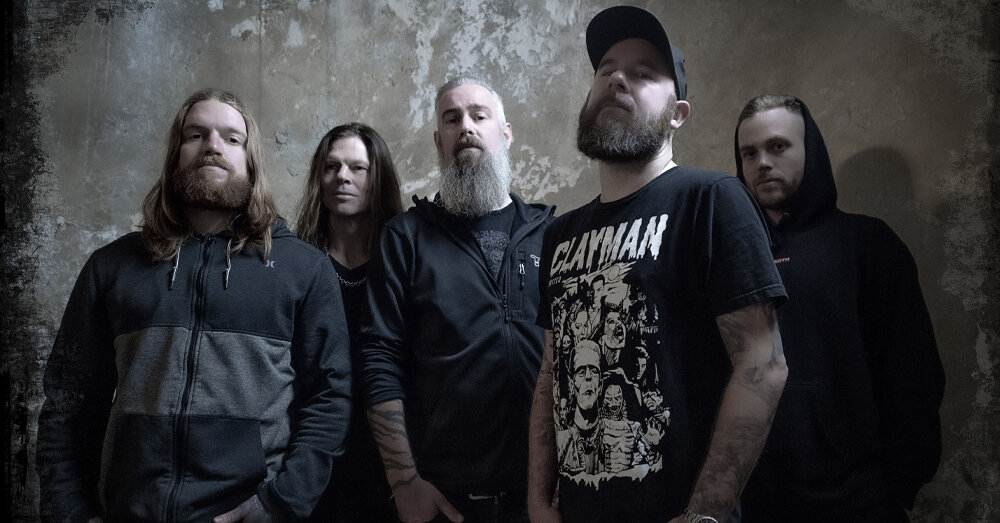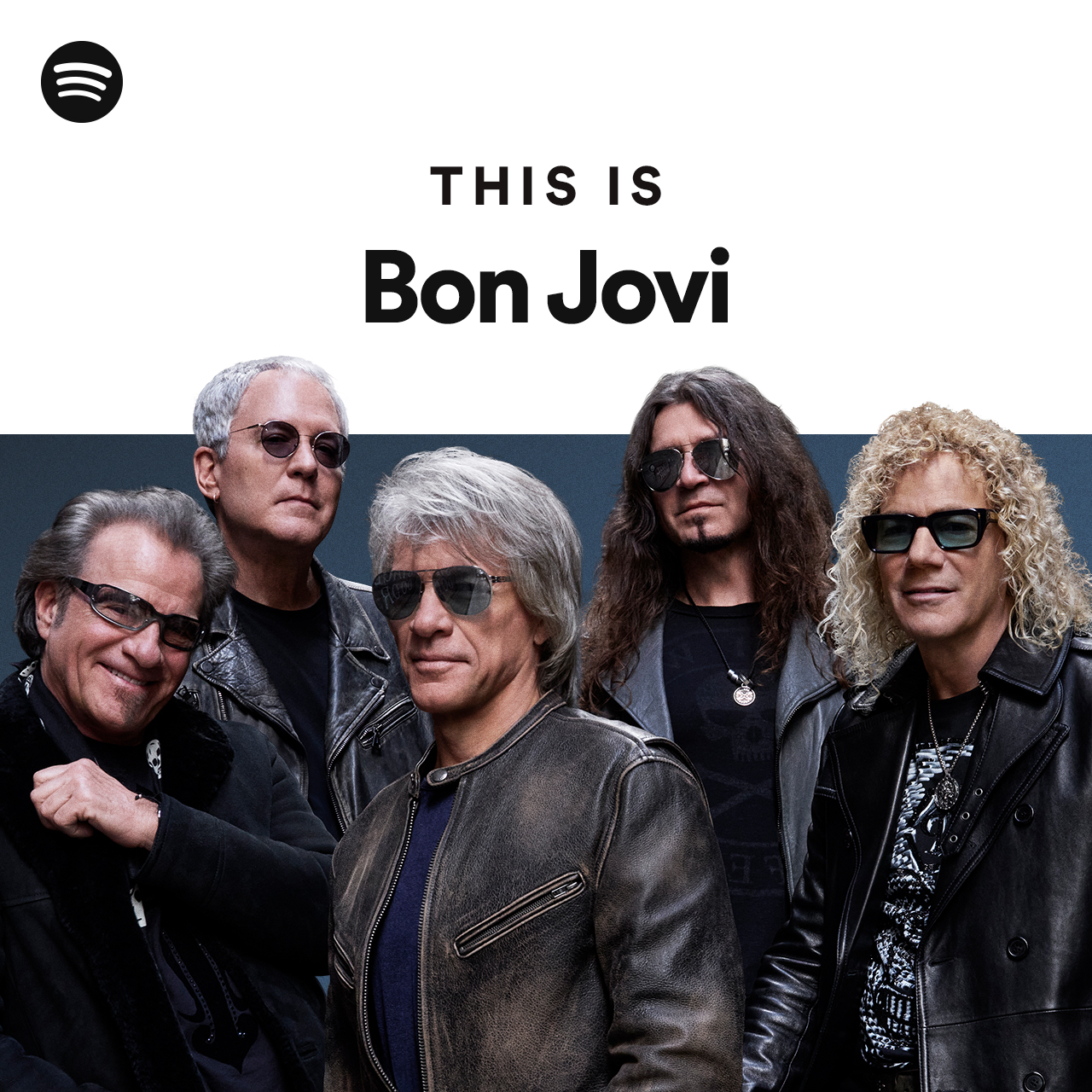In the world of metal, partnerships between bands can be game-changers, blending unique styles and influences to create something entirely new. From epic collaborations between legendary bands to unexpected partnerships between newcomers, each project brings a fresh perspective to the genre. It’s like mixing different metals to create alloys that are stronger and more resilient than the sum of their parts.
Take, for example, the iconic collaboration between Metallica and Lou Reed on the album “Lulu.” This unexpected pairing fused Metallica’s intense instrumentals with Lou Reed’s poetic lyrics, challenging conventional boundaries and dividing critics while captivating die-hard fans. It was a daring experiment that showcased the power of collaboration in pushing artistic limits.
Beyond bands, collaborations extend to producers, visual artists, and even filmmakers, enriching the metal experience beyond music. Visual elements like album artwork and music videos become integral parts of storytelling, enhancing the audience’s immersion in the metal universe.
These projects are not just about creating music; they’re about creating experiences that resonate deeply with listeners. They ask questions like: What happens when two forces of metal collide? How does the fusion of different talents shape the future of the genre? These rhetorical questions provoke thought and invite listeners to delve deeper into the complexities of metal music’s evolution.
Collaborations and cross projects in metal music represent more than just musical alliances; they are bold statements of innovation and artistic courage. They redefine what is possible within the genre, inspiring both artists and fans alike to embrace the unknown and explore new frontiers of heavy metal expression.
Metal Music’s New Frontier: Exploring Collaborative Projects Beyond Genre Boundaries
In recent years, metal bands and artists have been embracing collaborations that defy expectations. Picture a symphony orchestra lending its grandeur to the raw power of a metal anthem, adding layers of depth and emotion that elevate the music to cinematic heights. Or envision electronic producers weaving intricate textures into the heavy guitar riffs and thunderous drumming of a metal track, creating a dynamic fusion that pulses with energy.
These collaborations aren’t just about experimentation; they’re about challenging listeners to broaden their musical horizons. They invite metal fans to explore new sonic landscapes while introducing fans of other genres to the intense energy and technical prowess that define metal music.
One might ask, why blend genres that seem so different? It’s like mixing paint colors to create a completely new shade – each element retains its essence while contributing to a richer, more vibrant whole. Just as contrasting colors can create striking art, diverse musical genres can produce groundbreaking music that resonates deeply with audiences across the globe.
In this new frontier of metal music, collaborations are breaking down barriers and forging connections between artists and fans from all walks of life. It’s not just about creating music; it’s about creating experiences that leave a lasting impression, sparking conversations and inspiring future generations of musicians to think outside the box.
As metal continues to evolve, these collaborative projects serve as beacons of innovation, pushing the boundaries of what defines the genre. They remind us that music is a universal language that speaks to the soul, transcending genres and bringing people together in unexpected and exhilarating ways.
Innovative Alliances: How Metal Bands Are Redefining Collaboration in the Music Industry
Picture this: a symphony of talent where musicians from different bands come together like pieces of a complex puzzle, each bringing their unique style and expertise to the table. This isn’t just about creating music; it’s about creating a sonic experience that resonates with fans on a deeper level.
Take, for instance, the recent collaboration between two iconic metal bands known for their distinct sounds and loyal fanbases. By joining forces, they didn’t just double their reach; they amplified it exponentially. Their combined efforts resulted in an album that not only satisfied existing fans but also attracted a new wave of listeners intrigued by the fusion of their musical identities.
But it’s not just about the music. These alliances are also changing the way bands approach marketing and promotion. Through strategic partnerships, bands can leverage each other’s fanbases, cross-promote their work, and reach audiences they may not have reached otherwise. It’s a win-win situation where everyone benefits from increased exposure and visibility.
Furthermore, these collaborations are inspiring a new generation of metal musicians to think outside the box and explore unconventional partnerships. From international tours to joint merchandise lines, the possibilities are endless when bands come together with a shared vision and a passion for pushing boundaries.
From Fusion to Revolution: The Evolution of Cross-Genre Collaborations in Metal
Metal music has long been known for its raw power, aggressive riffs, and intense vocals. However, in recent years, there has been a noticeable shift towards cross-genre collaborations that are revolutionizing the metal scene. These collaborations bring together artists from different musical backgrounds, blending their unique styles to create something entirely new and unexpected.
One of the most striking aspects of these collaborations is the fusion of metal with genres that traditionally seem worlds apart. From hip-hop to electronic dance music (EDM), and even classical music, metal artists are pushing boundaries and exploring uncharted territories. This blending of genres not only attracts diverse audiences but also challenges conventional notions of what metal music can be.
Take, for example, collaborations between metal bands and hip-hop artists. These partnerships bring together the aggressive energy of metal with the rhythmic flow and lyrical storytelling of hip-hop. The result is a potent mix that appeals to fans of both genres while introducing each audience to the unique elements of the other.
Similarly, the integration of EDM into metal has created a wave of electrifying sounds. By incorporating electronic beats, synths, and samples into their music, metal bands are adding new layers of complexity and intensity to their soundscapes. This marriage of heavy guitars with pulsating electronic rhythms has given rise to a subgenre known as “electronicore,” captivating listeners with its futuristic and dynamic compositions.
Beyond these mainstream collaborations, metal artists are also exploring partnerships with classical musicians. By blending the grandeur of orchestral arrangements with the aggression of metal instrumentation, these collaborations produce epic soundscapes that evoke powerful emotions and transcend traditional genre boundaries.
Unveiling the Secrets of Successful Metal Music Collaborations: Lessons from Leading Bands
Collaboration in metal music isn’t just about creating music together; it’s a fusion of creative forces that can lead to powerful and unforgettable compositions. Successful metal music collaborations, as seen in the journeys of leading bands, reveal valuable lessons for aspiring musicians and fans alike.
In the realm of metal, collaboration often begins with a mutual respect for each other’s musical prowess. Bands like Metallica and Lou Reed’s joint venture showcased how contrasting styles can harmonize into something extraordinary. The lesson here is clear: diversity in approach and sound can amplify the impact of collaborative efforts.
Moreover, effective communication lies at the heart of any successful collaboration. Bands such as Slayer and Ice-T’s Body Count exemplify this. Their ability to openly discuss ideas and compromise on creative decisions ensured that each member’s contribution enhanced the final product. This teaches us that clear communication fosters synergy and prevents creative differences from derailing projects.

Beyond communication, trust forms another crucial pillar. When Ozzy Osbourne teamed up with Randy Rhoads, their mutual trust allowed them to push boundaries and innovate fearlessly. Trust enables collaborators to explore new territories without hesitation, resulting in groundbreaking music that resonates deeply with audiences.

Additionally, resilience is indispensable in the world of metal collaborations. Bands like Sepultura and various indigenous artists from Brazil demonstrate this resilience by blending their cultural influences with metal’s aggressive sound. Their ability to navigate cultural differences and challenges underscores the importance of perseverance in achieving creative synergy.

Ultimately, successful metal music collaborations are a testament to the power of unity amidst diversity. They teach us that when talented individuals come together with mutual respect, effective communication, trust, and resilience, they can create music that transcends genres and leaves a lasting impact on listeners worldwide.
Breaking Barriers: How Cross-Project Partnerships Are Shaping Metal Music’s Future
Imagine this: a symphony of metalcore and progressive metal, intertwined with the raw energy of thrash and the atmospheric depth of doom metal. These collaborations aren’t just about mixing genres; they’re about amplifying each other’s strengths to create music that transcends expectations.
Take, for instance, the recent collaboration between a renowned metalcore band known for their aggressive riffs and a progressive metal outfit celebrated for their intricate compositions. By joining forces, they’ve crafted an album that not only resonates with their individual fanbases but also attracts listeners who may not have explored their music otherwise.
These partnerships go beyond mere musical experimentation; they’re strategic alliances that open new doors for both bands involved. Through shared tours, joint merchandise lines, and collaborative music videos, they amplify their reach and impact in the fiercely competitive metal scene.
But why are these partnerships so effective? They tap into the power of diversity, blending contrasting styles and influences to create music that’s both familiar and refreshingly new. It’s like combining the blazing intensity of a thunderstorm with the serene beauty of a sunset—unexpected yet strangely harmonious.
Moreover, these collaborations speak volumes about the evolving nature of metal music itself. No longer confined to rigid genre boundaries, metal artists are embracing innovation and collaboration as catalysts for growth and creativity. It’s about evolving with the times while staying true to the essence of metal—raw, rebellious, and relentlessly authentic.
Cross-project partnerships in metal music aren’t just a trend; they’re a testament to the genre’s resilience and adaptability. By breaking down barriers between bands and genres, these collaborations are shaping the future of metal music, promising listeners an exhilarating journey of discovery and sonic exploration.








